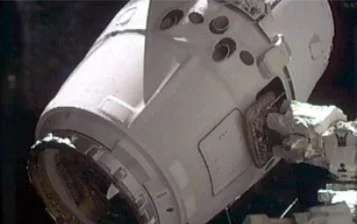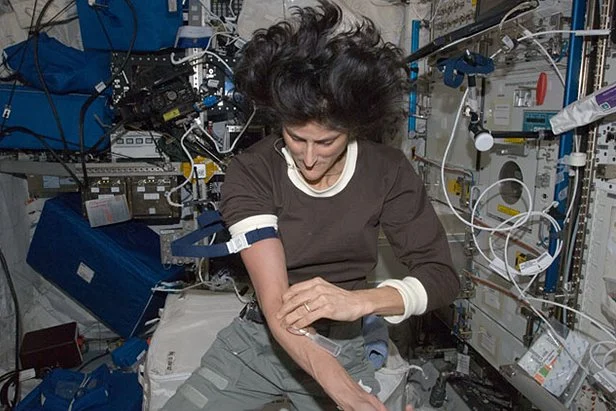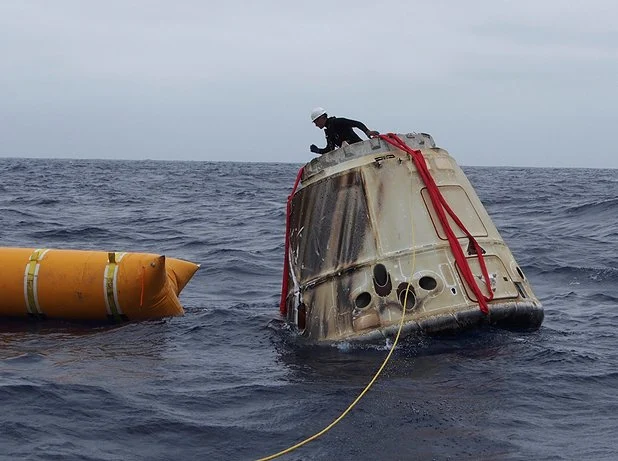The SpaceX Dragon capsule successfully docked with the International Space Station (ISS) earlier this morning.
Expedition 33 Commander Suni Williams deployed the ISS Canadarm2 robotic arm to link the Dragon with its docking port on the Earth-facing side of the Harmony node at 9:03 a.m. EDT Wednesday.

Earlier, working from the robotics workstation inside the cupola, Flight Engineer Aki Hoshide, with the assistance of Williams, captured the commercial cargo ship with the robotic arm at 6:56 a.m. as the spacecraft flew within about 32 feet of the orbiting complex.
Williams and Hoshide will spend much of the remainder of their workday pressurizing the vestibule between Dragon and the station while configuring power and data cables to prepare for the opening of Dragon’s hatch on Thursday just after 6 a.m.
Dragon is slated to spend 18 days attached to the station as the ISS crew unloads approximately 882 pounds of crew supplies, science research and hardware – and reloads the capsule with 1,673 pounds of cargo for return to Earth.
Though resupply is important, a significant science sample return capability is particularly beneficial for the scientific community. Indeed, Dragon’s return capability will considerably enhance the amount of research that can be conducted, as it allows for samples to return home in a timely manner for analysis. This also frees up cold stowage space aboard station for new samples and continued research, as many samples have been kept in cold stowage until a ride home was available.
Often times, researchers cannot complete analyses until the on-orbit samples are returned and evaluated.
“While some of this data can be obtained by on orbit analysis, many analysis techniques have not been miniaturized or modified to allow them to be performed on orbit, which means sample return is the only way to obtain this data,” explained Marybeth Edeen, deputy manager for the International Space Station Research Integration Office.

“[For example], biological samples from the crew and life sciences experiments are frozen on orbit and returned to allow researchers to understand exactly what changes occurred as a result of the exposure to microgravity.”
After Dragon’s mission at the station is completed, the crew will use Canadarm2 to detach Dragon from Harmony on October 28 and release it for a scheduled splashdown 6 hours later in the Pacific Ocean, 250 miles off the coast of southern California.

Dragon launched atop a Falcon 9 rocket at 8:35 p.m. Sunday from Cape Canaveral Air Force Station in Florida, beginning NASA’s first contracted cargo delivery flight, designated SpaceX CRS-1, to the station.






